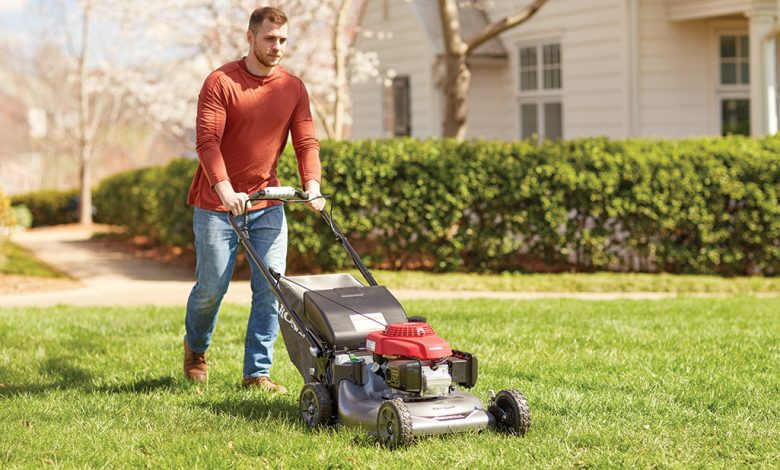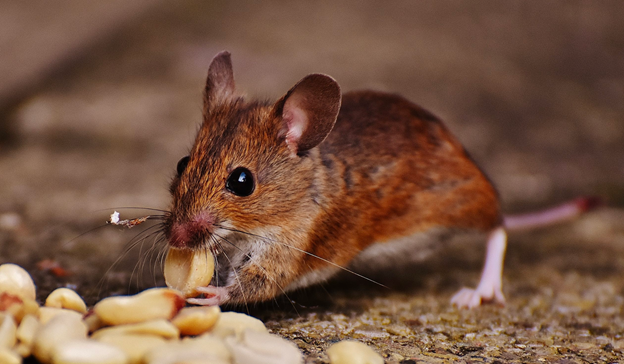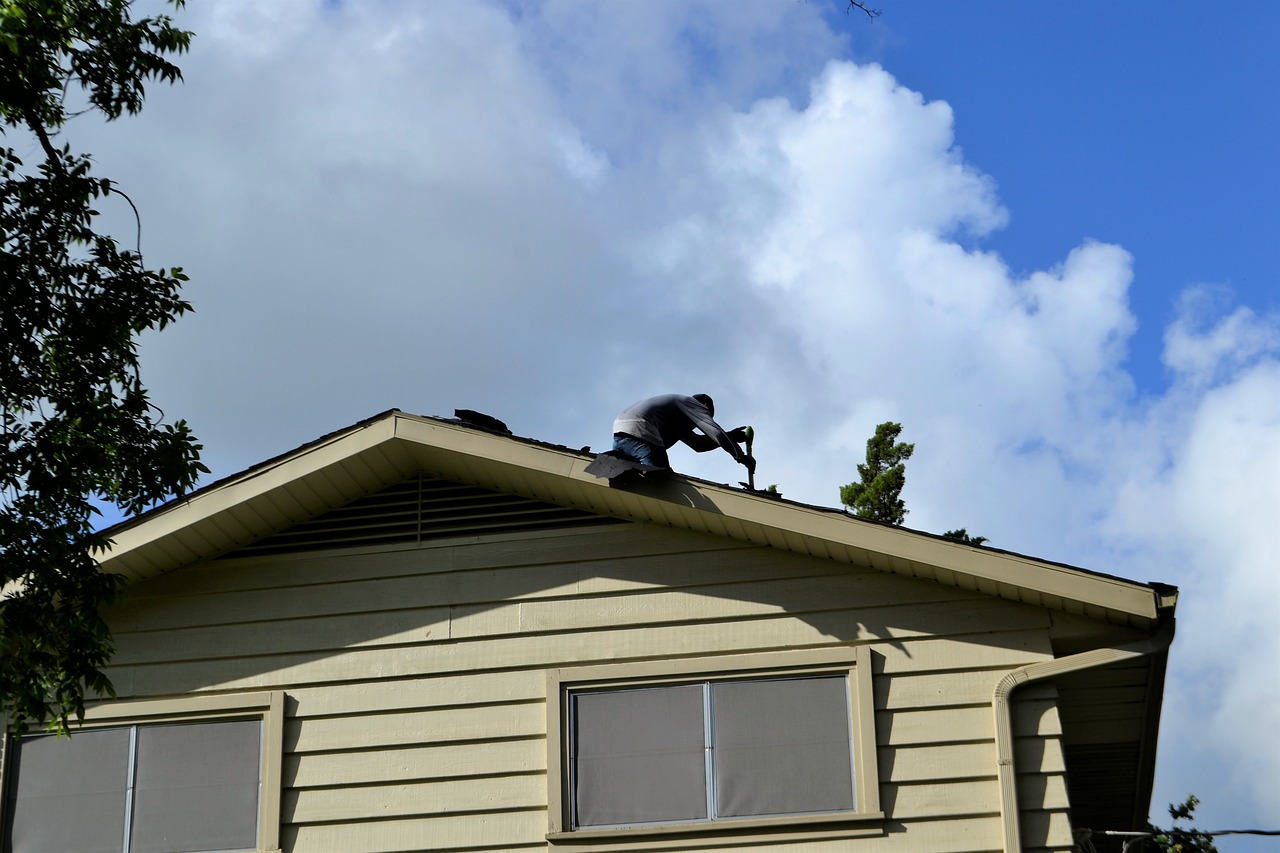Ways You Can Take Care Of Your Lawn During Spring

It turns out that taking care of a lawn by commercial lawn care services for example is a task that needs to start from the base, from the ground. And it’s not because your lawn is already implanting that you should think that this recommendation doesn’t fit you. Soil care should always be carried out, not just at planting time. In addition to soil care, there are management secrets that will help make your lawn the envy of the neighborhood.
It will be the greenest and most beautiful grass! Guaranteed. Let’s go with Earth Development and checklist with these items for you to have a beautiful lawn in spring and other seasons:
- Rake The Straw
Raking and removing any dry straw that may have built up in the winter is important for healthy lawn growth. Excess straw hampers the penetration of light, water, and nutrients and provides shelter for pests, making control even more difficult. Use a good rake and carry out the operation, preferably in dry weather. Excess moisture can end up causing you to remove healthy grass instead of straw.
- Soil Analysis
Even if you limed with limestone during lawn implantation, it is important to check the pH of the soil from time to time. The initial neutralization may not be enough, or it may have lost its effect. Excess limescale can also be treated, but only with a good diagnosis. Likewise, in addition to checking the pH, a complete analysis in a specialized laboratory will inform the nutrients and micronutrients that may be unbalanced, in excess, or lacking so that you can correct this failure and guarantee the health of your lawn.
- Fertilization
With the result of the analysis in hand, it is essential to correct soil fertility. And even if you skipped the analysis, try to fertilize with the essential macro and micronutrients. As the lawn grows quickly at this time of year and receives successive cuts, many nutrients are consumed and lost with the removal of clippings and straw. Worry about replenishing nutrients with a balanced fertilizer suitable for lawns.
- Aeration
Areas with constant trampling, successive cuts with a brush cutter, and more clayey soils tend to compact quickly. As a result, failures, and weeds appear. Rainwater starts to puddle in some areas, and opportunistic diseases take over the lawn. Avoid the consequences of compaction by aerating the lawn. For the task, you can use special accessories for boots and sneakers, with nails that pierce the soil and thus allow water, air, and nutrients to circulate again in the root environment, allowing the affected lawn to regenerate.




